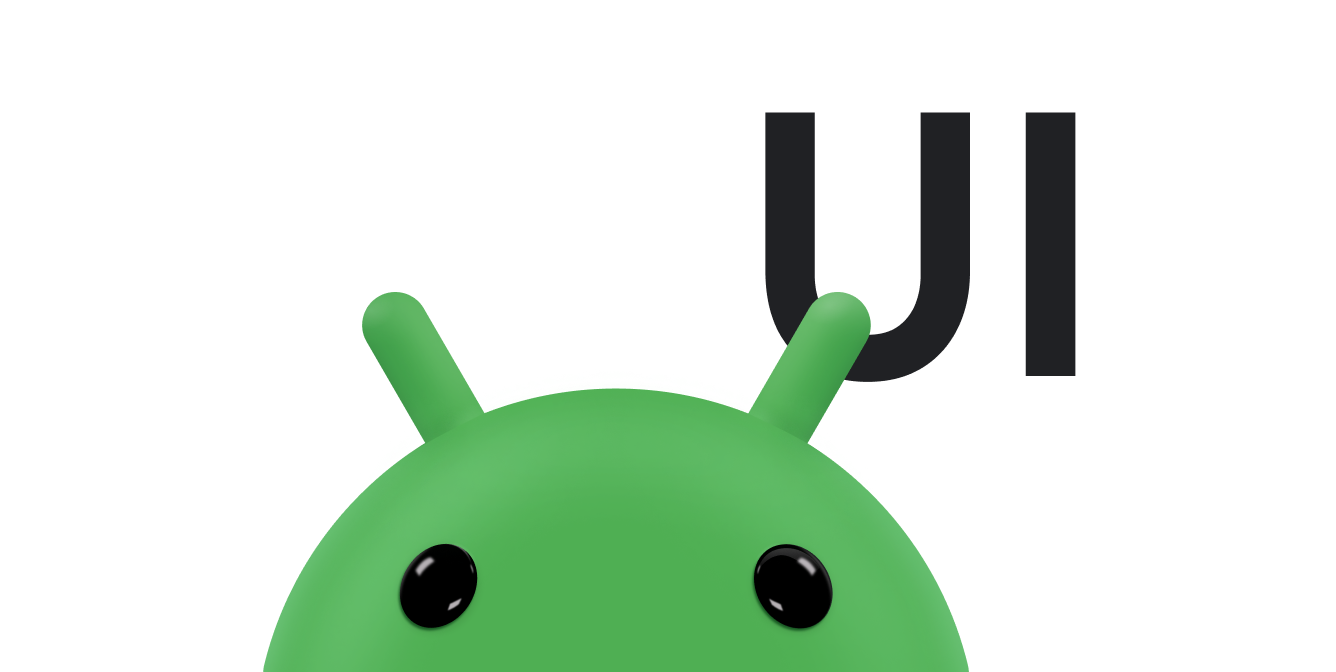Android Jetpack includes the Wear OS UI Library. The Wear OS UI library includes the following classes:
-
CurvedTextView: a component for easily writing text that follows the curvature of the largest circle that can be inscribed in the view. -
DismissibleFrameLayout: a layout that lets the user dismiss any view by pressing the back button or swiping on the screen from left to right. Wear OS users expect left-to-right swiping for the back action. -
WearableRecyclerView: a view that provides basic offsetting logic for updating child layouts using aWearableLinearLayoutManager. -
AmbientModeSupport: a class used with theAmbientModeSupport.AmbientCallbackProviderinterface to provide support for ambient mode.
For a full list, read the release notes.
Add a dependency on the Wear OS UI Library
To start creating apps, create a Wear-OS-specific project. Then add the following dependencies
to your app's build.gradle file:
dependencies { ... // Standard Wear OS libraries implementation "androidx.wear:wear:1.2.0" // includes support for wearable specific inputs implementation "androidx.wear:wear-input:1.1.0" }
Import classes from the Wear OS UI Library package
To use a class from the Wear OS UI Library, import it from the
androidx.wear.widget package.
Use the right element names in layout files
In layout files, use fully qualified names that correspond to the Wear OS UI Library.
For example, to use the
DismissibleFrameLayout class from the Wear OS UI Library, you could specify
the following in a layout file:
<androidx.wear.widget.DismissibleFrameLayout xmlns:android="http://schemas.android.com/apk/res/android" xmlns:tools="http://schemas.android.com/tools" android:layout_width="match_parent" android:layout_height="match_parent" android:id="@+id/swipe_dismiss_root" > <TextView android:id="@+id/test_content" android:layout_width="match_parent" android:layout_height="match_parent" android:gravity="center" android:text="Swipe the screen to dismiss me." /> </androidx.wear.widget.DismissibleFrameLayout>

